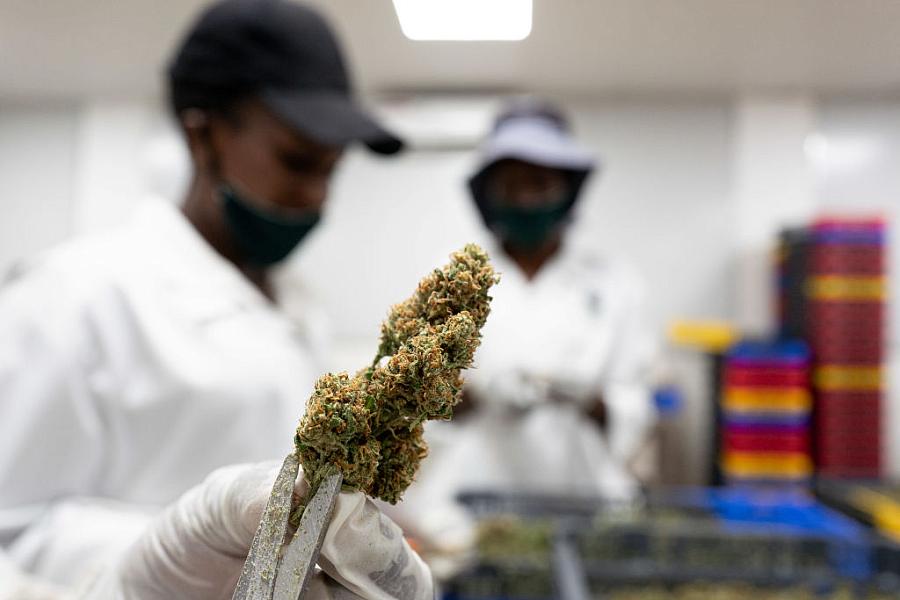Racial equity is a must for legal weed to achieve its social aspirations

(Photo by Luke Dray/Getty Images)
Upon starting to cover cannabis full-time in 2018, I thought I knew something about weed. Since age 12, I’d been consuming it off and on —mostly on — but had actually learned next to nothing beyond the visceral experience. That first year in pot journalism was as terrifically intoxicating as top-shelf Golden State flower.
Plain and clear, I learned that the cannabis age the United States has toddled into is a health industry story with the potential to go big like tech. Anytown, USA’s going to be at least a bit more Portland, with bud paying for schools and other services.
Writing the seminal WeedWeek brand’s California newsletter meant devouring agricultural reports, health studies, municipal policy developments from Humboldt to San Diego, the Canadian stock markets, reports on the Mexican Senate, insurance journals, and countless developments in popular culture. Across all of these platforms, genres and disciplines, one constant proved true:
Black people are being screwed out of their rightful place in cannabis.
Any city dweller who’s walked into a dispensary or had pot delivered might be surprised to learn that. After all, we’re extremely visible at the service end of legal cannabis. As has been our historical lot as non-landowners, Black people have had a standing place in weed delivery and, necessarily, bonus exposure to arrest that reaches long past Reagan’s War on Drugs.
The real money in cannabis has of course been in growing and owning the means of production. Study of minority ownership in cannabis is poor, but a 2017 report said Black people comprise 4.3% of legal weed ownership and stakeholders.
The illicit market — which some of my sources call the legacy market — is nearly three times the size of government-sanctioned pot in California. It’s not as though my people are wholly cut out of pot. We’re just left the service and dirty parts.
With more than 40,000 locked up for selling the stuff that’s filling the accounts of many a white grower, the time for a meaningful look at cannabis equity is upon us.
In the three years since my first take on the issue, the focus on economic justice has both grown in popularity and continued to struggle. Getting a strong social equity policy was key in New York’s recent end of prohibition. Yet struggle has been a dominant feature in both cities and states. The admirable intentions of cannabis regulators and industry influencers have, from the beginning, been undermined by industrialists in search of an advantage; random Blacks became instant cannabis CEOS, so that companies might qualify for social equity benefits.
Cannabis equity success stories dot the cannabis landscape, from Oakland to Massachusetts. But implementation has been rocky. My series for the 2021 National Fellowship will report on key facets of this change-within-a-change.
“Drugs are made by men inside a lab,” cannabis brand owner Carlos Santana told me in an interview this spring. “Medicine is created by sunlight.”
For some Center for Health Journalism readers, that’s going to feel like a lot. They might ask what sunlight is going to do about their sinusitis. But the changes in how we perceive medication are evolving everyday, and cannabis is turning more mainstream medicine everyday. Who will financially benefit from the new medicine will say lots about who we are as a people.

